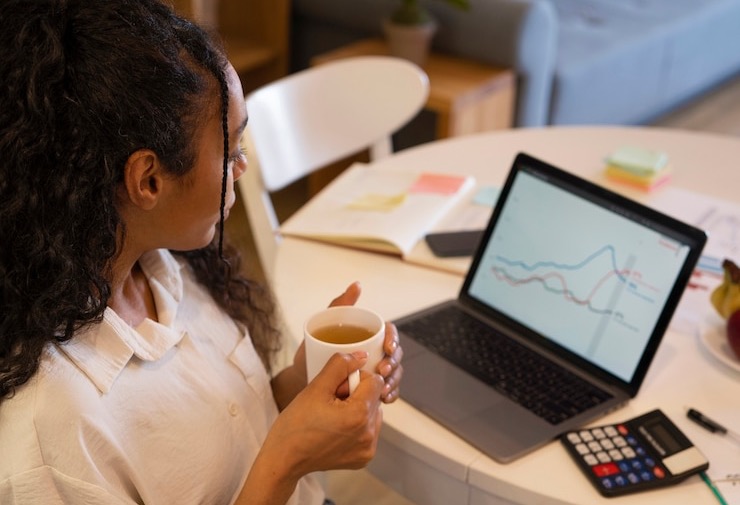Trading has become one of the most exciting ways to grow wealth online, but it can also be one of the most confusing if you’re just starting out. With so many terms, charts, and platforms, it’s easy to feel overwhelmed. But here’s the good news: anyone can learn to trade — and this guide will show you exactly how to begin.
What is Trading?
Trading simply means buying and selling assets to make a profit. These assets could be:
Forex (foreign exchange – currencies like USD, EUR, GBP)
Stocks (shares of companies like Apple, Amazon, etc.)
Cryptocurrencies (like Bitcoin, Ethereum, and Solana)
Traders look to buy low and sell high (or sell high and buy low) by analyzing the markets.

Step 1: Understand the Markets
Here’s a quick breakdown of the three major markets:
Forex – Trades currencies 24/5. Most liquid and active.
Stocks – You invest in real companies. Great for long-term wealth.
Crypto – A high-risk, high-reward market that runs 24/7.
Choose one to focus on as a beginner. Forex is often a good starting point because of its accessibility and educational resources.
Step 2: Learn the Basics (But Don’t Get Stuck There)
You don’t need to master every term before placing your first trade. But you should understand:
Pips and lots (in forex)
Candlestick charts
Support and resistance
Risk-to-reward ratio
Leverage and margin
We’ll break down all of these in future posts here on Tradespaz.com, so stay tuned.
Step 3: Choose a Reliable Broker
Pick a broker that is:
Regulated
Offers a demo account
Has low spreads and fast execution
Provides mobile and desktop trading platforms
Some beginner-friendly brokers include Exness, IC Markets, and Deriv.
Step 4: Practice with a Demo Account
Never start live trading with real money until you’ve practiced. A demo account lets you trade with virtual money in real market conditions. This builds confidence, sharpens your strategy, and reduces the risk of beginner mistakes.
Step 5: Create a Simple Trading Plan
Your trading plan should answer:
What time will you trade?
Which market or currency pair will you focus on?
How much are you risking per trade?
When will you take profit or cut your losses?
Start small. Consistency matters more than complexity.
Step 6: Go Live with Real Money (Start Small)
Once you’re confident with your demo results, fund your live account — but start with what you can afford to lose. Even $50–$100 is enough to get started with a micro or cent account.
Bonus Tips for New Traders
Avoid signals groups and copy trading early on — Learn to make decisions yourself.
Don’t chase profits — Protect your capital first.
Journal every trade — This helps you improve faster.
Keep your emotions in check — Fear and greed are your worst enemies.
Final Thoughts
Trading is a journey, not a race. With patience, education, and discipline, you can become a consistently profitable trader. Stick around Tradespaz.com — we’ll guide you every step of the way.
Ready to dive deeper?
Check out our next article: The Difference Between Forex, Stocks, and Crypto — Which Should You Trade?
